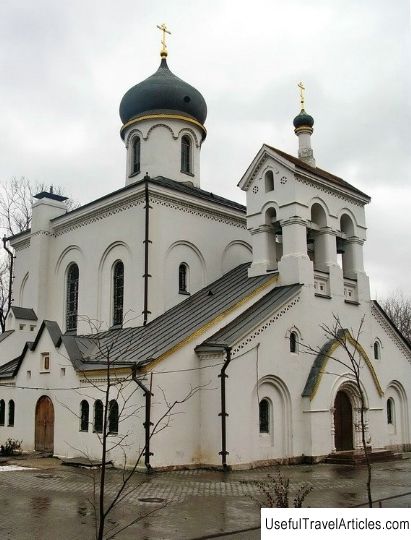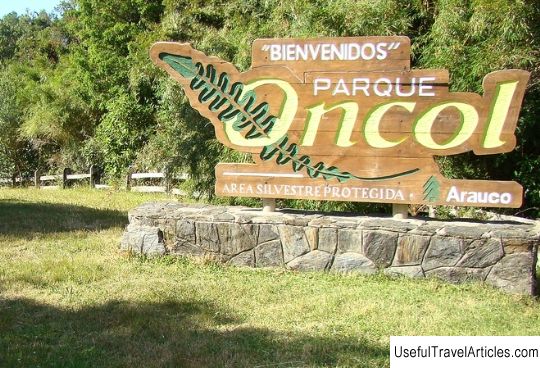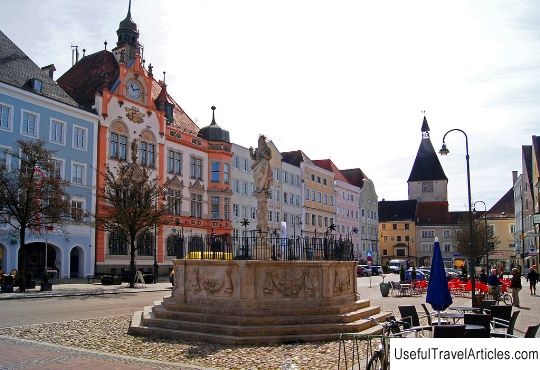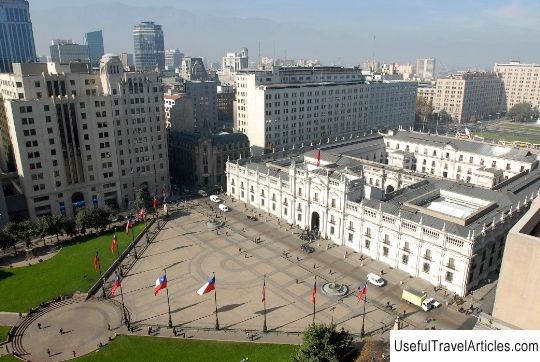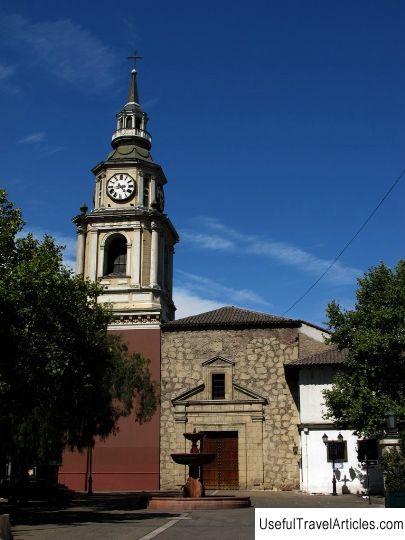Canelo Tower (Torreon El Canelo) description and photos - Chile: Valdivia
Rating: 8,4/10 (987 votes) 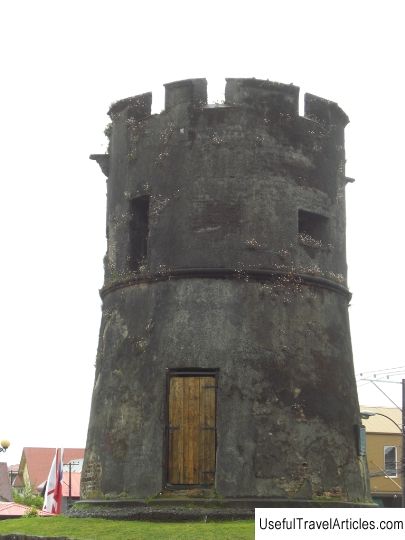
Canelo Tower (Torreon El Canelo) description and photos - Chile: Valdivia. Detailed information about the attraction. Description, photographs and a map showing the nearest significant objects. The title in English is Torreon El Canelo. Photo and DescriptionThe Canelo Tower is a historical monument, a testament to the Spanish colonial period, and is located in the city of Valdivia, Los Rios. Since 1926, the Canelo Tower has been listed as a National Monument in Chile. It was designed in 1678 by engineer John Garland for defensive purposes to withstand Indian attacks on Valdivia. The city of Valdivia was founded in 1552 by Pedro de Valdivia. After the Battle of Kuralaba in 1598, Valdivia was destroyed by the Huliche (Maluche - "Southern Man") Indian tribe in November 1599. Spanish colonization began in February 1645. In 1684, the city of Valdivia was re-founded in a new location, but the area was still controlled by the indigenous Hulice Indians, especially its rural areas. Valdivia is the southernmost enclave on the Pacific coast. Protecting this coastal area was a priority for the Spanish Crown as this region was subject to the ambitions of rival powers: England, Holland, France. Engineer John Garland included this tower in a chain of fortifications in 1678. The construction of the Canelo tower was carried out by the Governor Joaquin Espinoza Davalos in 1774. The thickness of the walls of 60 cm at the base and 30 cm at the top of the brick and lime tower gives an idea of the power of this structure. The tower was served by four soldiers and a corporal. Subsequently, the tower of Canelo was added to a large defense line, which allowed the city of Valdivia to be turned into a real island surrounded by water. It also served as a prison for Colonel Thomas Figueroa Caravac. Tomas de Figueroa Caravaca was born in Estepona, Spain in 1747. After killing an opponent in a duel, he was sentenced to death, but received a commutation sentence and was exiled to Valdivia. He was also demoted and reached the city of Valdivia in 1775 as a common soldier. In 1778 he was imprisoned on charges of theft, but in fact incriminated himself to avoid divulging his love affair with a young lady. During his arrest, he remained for some time in the Barro Tower. Eventually, he escaped from prison disguised as a monk and went to Peru and then Cuba. After a pardon, he returned to Chile in 1790 as captain of the Valdivia battalion, where he participated in all military activities related to keeping the defenses of Valdivia from indigenous attacks. He also participated in the expedition, which discovered the ruins of the ancient city of Ozorno. By 1800 he was promoted to the rank of colonel and then transferred to the command of the Concepcion battalion. On April 1, 1811, Figueroa led a rebellion, which, after some skirmishes, failed. Subsequently, Thomas de Figueroa Caravaca was sentenced to death, which was executed at 4 a.m. on April 2, 1811. The most romantic part of the story of Thomas Figueroa Caravaca is the mythical story told by the locals. Legend has it that before the execution of Thomas Figueroa, Caravac was detained in the Canelo Tower in Valdivia. He could not survive the separation from his beloved and the river Kale overflowed with his tears. Since then, every year, on April 2, a red rose appears at the foot of the Canelo tower.    We also recommend reading The National Zoo and Aquarium description and photos - Australia: Canberra Topic: Canelo Tower (Torreon El Canelo) description and photos - Chile: Valdivia. |
